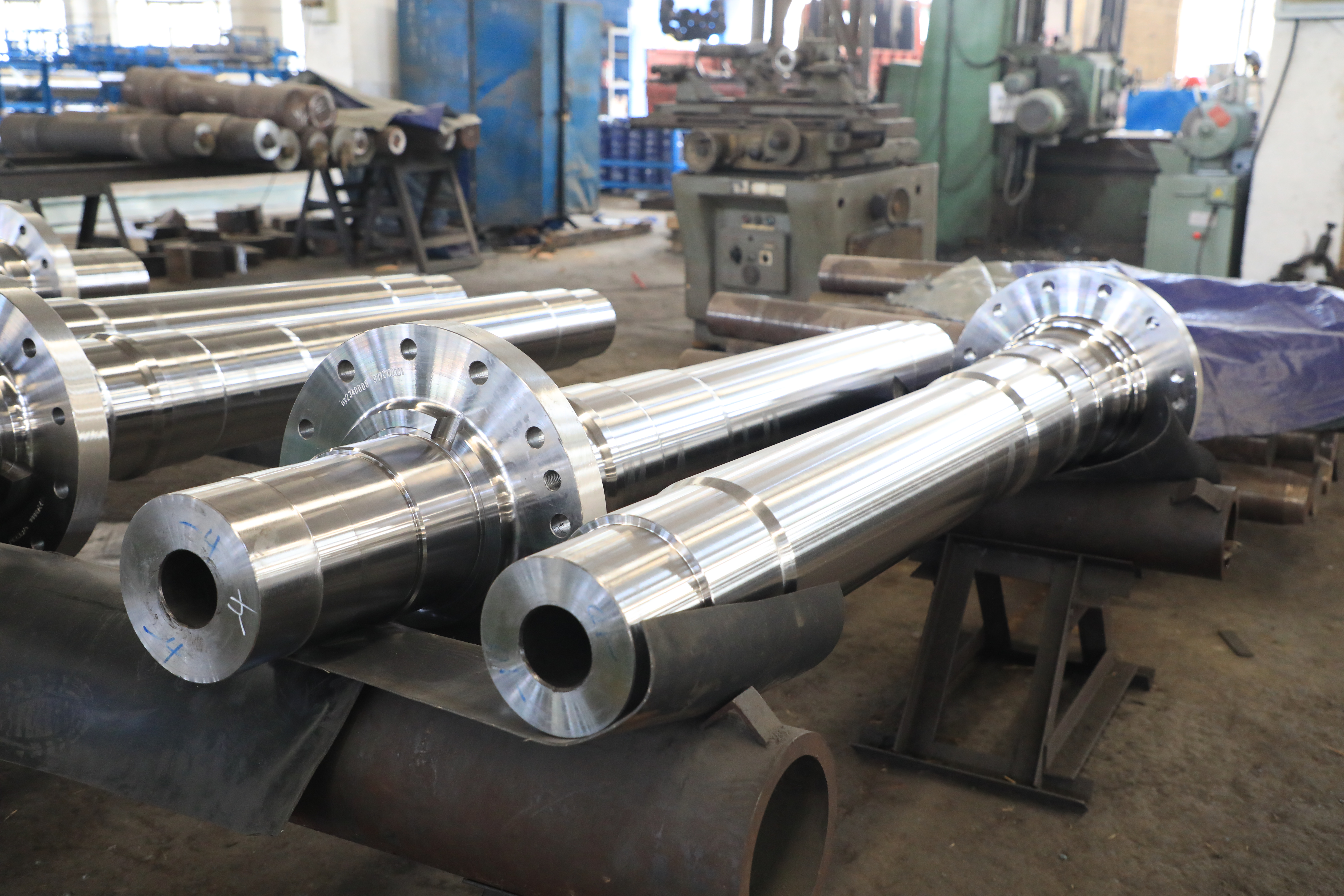Evaluating the quality of forgings involves assessing several key aspects to ensure that the final product meets the required standards and specifications. Here are some common methods used to evaluate forged components:
Dimensional Accuracy: One of the primary indicators of forging quality is dimensional accuracy. Measurements such as length, width, thickness, and overall shape are compared against the design specifications to ensure that the forging meets the required tolerances.
Visual Inspection: Visual inspection is essential for identifying surface defects such as cracks, laps, seams, and other imperfections that may compromise the integrity of the forging. Surface finish and uniformity are also assessed visually.
Mechanical Testing: Various mechanical tests are conducted to evaluate the mechanical properties of the forging, including tensile strength, yield strength, elongation, and impact resistance. These tests help determine the forging’s ability to withstand loads and stresses in service.
Microstructural Analysis: Microstructural analysis involves examining the internal grain structure of the forging using metallographic techniques. This helps assess the forging’s grain size, distribution, and uniformity, which are critical for determining its mechanical properties.
Non-Destructive Testing (NDT): NDT methods such as ultrasonic testing, magnetic particle testing, and dye penetrant testing are used to detect internal defects in forgings without causing damage. These tests help ensure the integrity of the forging.
Chemical Composition Analysis: Chemical composition analysis is performed to verify that the forging’s material composition meets the specified requirements. This is crucial for ensuring that the forging has the necessary mechanical properties for its intended application.
Metallurgical Evaluation: Metallurgical evaluation involves assessing the overall quality of the forging based on its metallurgical characteristics, including grain flow, porosity, and inclusion content. These factors can significantly affect the forging’s mechanical properties and performance.
In conclusion, evaluating the quality of forgings involves a combination of dimensional, visual, mechanical, metallurgical, and chemical tests to ensure that the final product meets the required standards and specifications. Each of these evaluation methods plays a crucial role in verifying the quality and integrity of forged components.
窗体顶端
Post time: Apr-02-2024





